2014
Established in 2014, SECOMM provides specialized eCommerce solutions. We focus on using the best platforms available in the industry, including Magento, Shopify, WooCommerce, and WordPress, to serve our clients, especially those in Australia.



Established in 2014, SECOMM provides specialized eCommerce solutions. We focus on using the best platforms available in the industry, including Magento, Shopify, WooCommerce, and WordPress, to serve our clients, especially those in Australia.

We’ve officially partnered with Built With Digital to improve SECOMM’s position and become a top provider of full-scale development solutions for Australian businesses.

SECOMM has grown successfully in North America, mainly targeting the US market. We aim to provide top eCommerce services and solutions to US customers. In early 2017, we formed an important partnership with Optergy.

SECOMM is starting to enter the Asian market, starting with Singapore. Here, we’re building a solid base to expand into other important Asian markets. We’ve partnered with Changi Airport Group and successfully set up strong eCommerce systems here.

Despite the difficulties caused by COVID-19, SECOMM keeps growing its market. We’re working closely with customers in Hong Kong and Japan. Also, we’ve entered Vietnam, aiming to help eCommerce businesses overcome challenges by using smart strategies.

We’re proud to join several eCommerce and Software Associations and to build strong relationships with partners worldwide. Our goal is to consistently offer the best technology solutions and service quality. Committed to innovation, we’re working hard to become the most trustworthy provider of comprehensive eCommerce solutions.


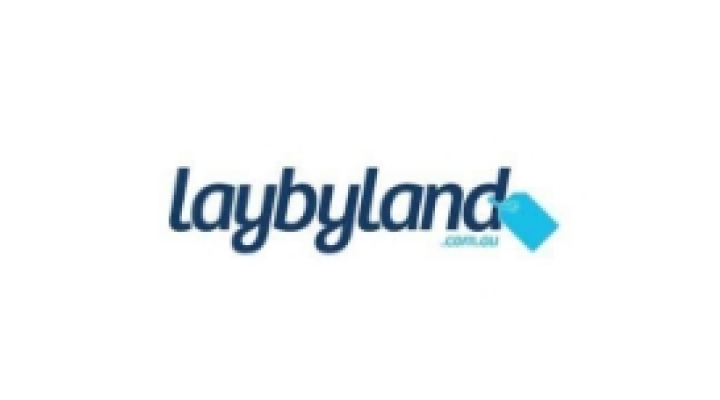

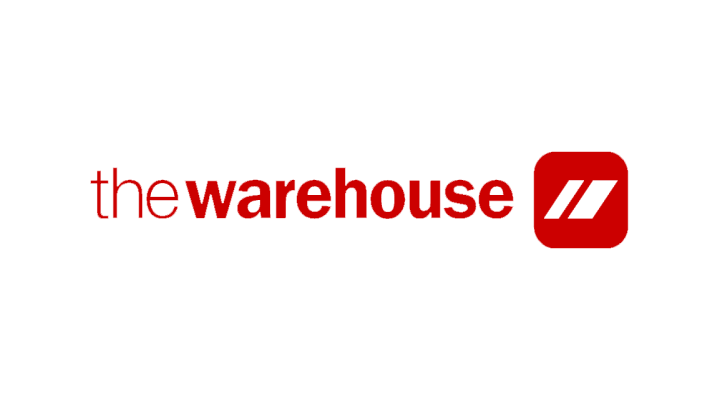
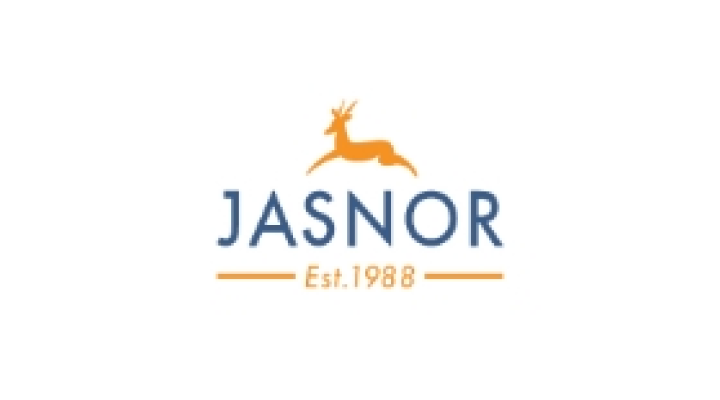
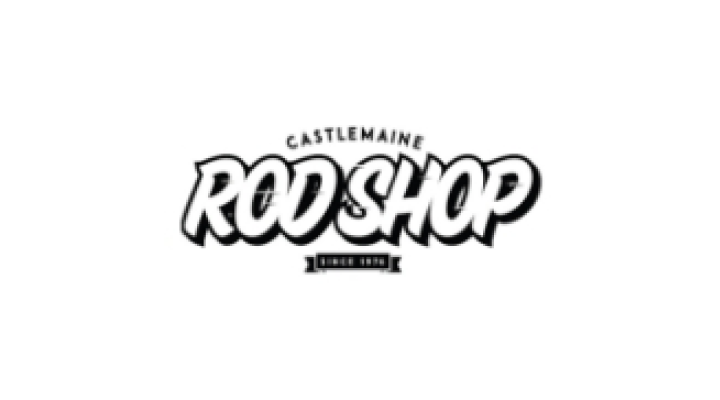




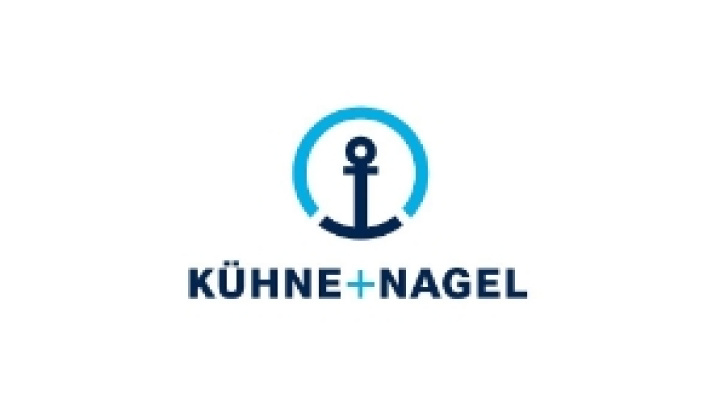














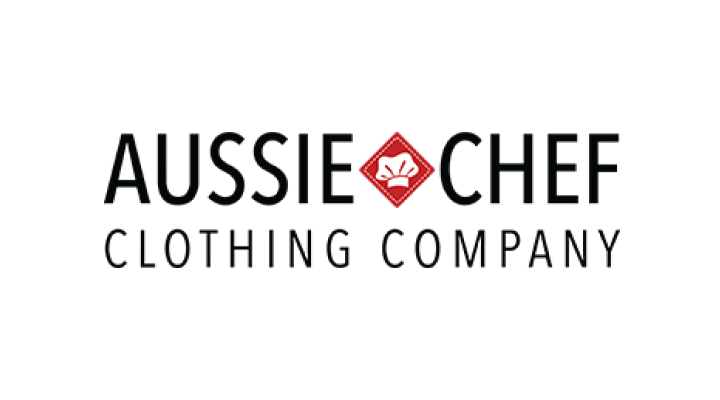




Tell us a bit about your business. Contact our consultants to find the right solution to your problem and obtain a precise price estimate for your project.
Hotline